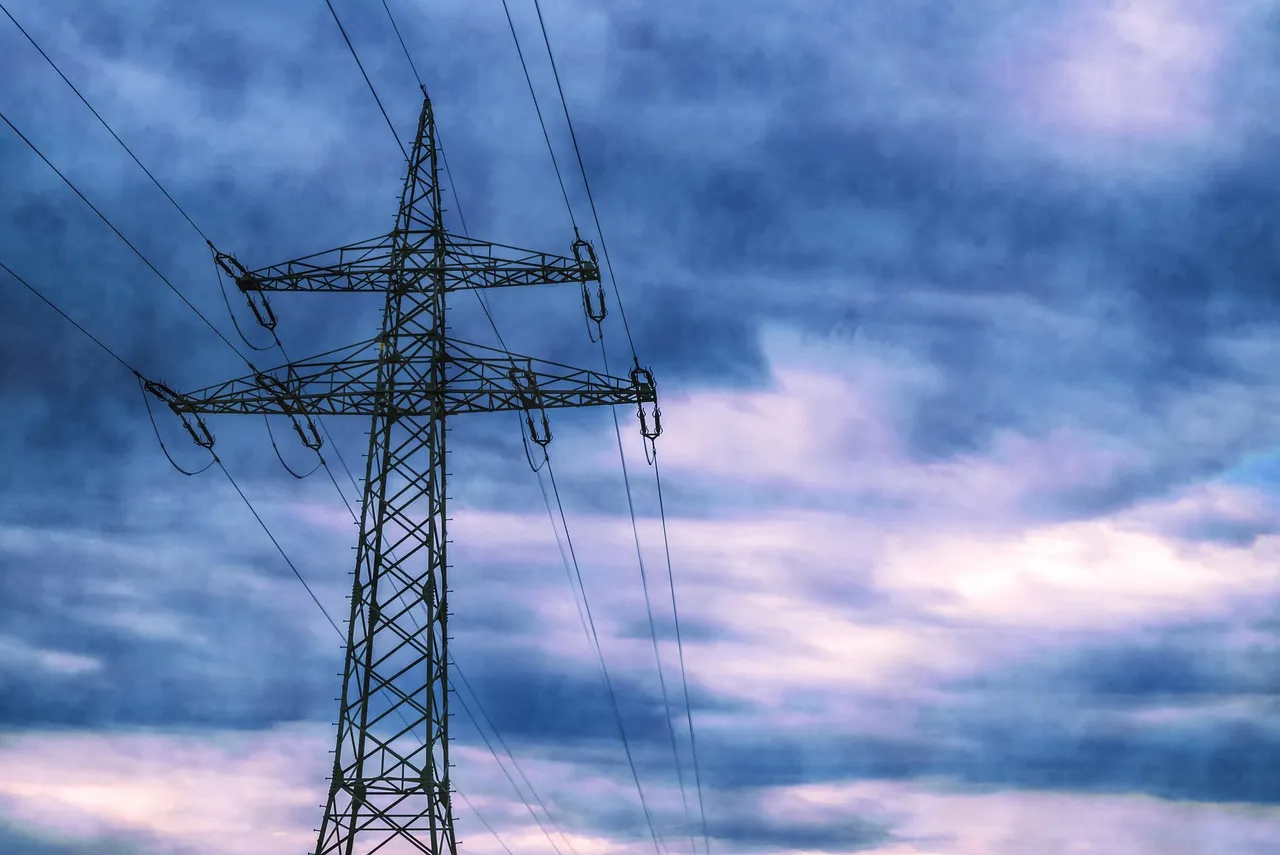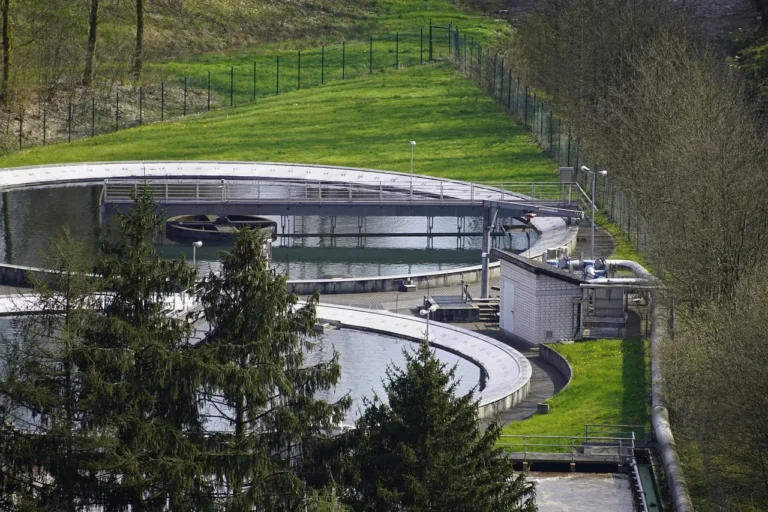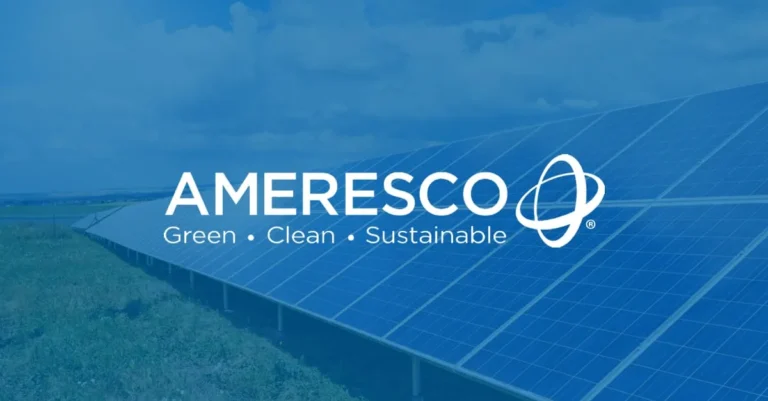
National Grid Secures Planning Approval for Grain to Tilbury Project
National Grid has achieved a significant milestone with the full planning approval for the Grain to Tilbury project, granted by Thurrock Council in Essex and Gravesham Borough Council in Kent. This approval marks a critical step in enhancing and modernizing the UK’s energy infrastructure, ensuring a more resilient electricity network for the future.
This initiative is part of The Great Grid Upgrade, the most extensive transformation of the electricity grid in a generation. With the UK transitioning towards more sustainable energy sources and an increasing reliance on renewable energy, it is vital to modernize the aging infrastructure to meet future demands. The Grain to Tilbury project plays a crucial role in this effort by replacing the existing Thames Cable Tunnel, which has been operational since the 1960s and has now reached the end of its serviceable life.
Project Overview and Importance
The Grain to Tilbury project is a major infrastructure development that will see the construction of a new 2.3-kilometre tunnel beneath the River Thames, serving as a replacement for the existing tunnel and cables. The current tunnel, which has supported electricity transmission for decades, is no longer capable of efficiently supporting the increasing energy needs of the region.
This ambitious project includes several critical components:
- Tunnel Construction: A new tunnel will be built under the River Thames, allowing for the installation of modern cabling. This will ensure a reliable and stable electricity supply for households and businesses across the region.
- New Cabling Installation: The upgraded cables will support increased electricity transmission capacity, improving overall grid efficiency and resilience.
- New Headhouses: Constructed at each end of the tunnel, these facilities will provide essential access for operations and maintenance of the underground infrastructure.
- Cable Sealing End Compounds: These installations will connect the newly laid underground cables to the wider electricity network, ensuring seamless integration with the national grid.
With full planning approval now in place, construction work has commenced. The project is being executed by Ferrovial, in partnership with BEMO (Ferrovial BEMO JV), which brings extensive expertise in tunneling and infrastructure development. The construction phase is expected to span several years, with completion anticipated in 2029.
Addressing the Need for Infrastructure Modernization
The UK’s electricity demand is evolving rapidly, driven by factors such as population growth, electrification of transport, and the expansion of renewable energy sources. Older infrastructure, such as the existing Thames Cable Tunnel, poses challenges in maintaining a reliable power supply. As these older systems reach the end of their operational life, projects like the Grain to Tilbury upgrade become essential.
The construction of a new cable tunnel ensures that the power network remains robust, reducing the risk of failures and interruptions. Additionally, modern cables are more efficient, leading to lower transmission losses and improved energy conservation.
Construction and Engineering Challenges
Building a 2.3-kilometre tunnel beneath the River Thames presents significant engineering challenges. The project requires advanced tunneling technology to ensure minimal disruption to the surrounding environment and communities.

Several key engineering techniques will be utilized, including:
- Tunnel Boring Machines (TBMs): These machines will excavate the tunnel with precision, reducing the need for surface disruption.
- Specialized Ground Support Techniques: Ensuring the stability of the tunnel during construction is critical, especially given the geological conditions beneath the Thames.
- Advanced Ventilation and Safety Systems: The tunnel will incorporate modern safety features, including ventilation systems and emergency access points, to ensure safe operations for workers and future maintenance crews.
Environmental considerations are also at the forefront of this project. Measures will be taken to minimize the environmental impact, including noise reduction strategies, careful disposal of excavation materials, and ensuring biodiversity protection in affected areas.
Economic and Community Benefits
Beyond enhancing the energy infrastructure, the Grain to Tilbury project is expected to bring several economic and community benefits. These include:
- Job Creation: The construction phase will generate employment opportunities for engineers, construction workers, and specialists in various fields.
- Skills Development: The project provides a platform for workforce training and skill enhancement, particularly in advanced engineering and tunneling.
- Long-Term Energy Security: By modernizing the electricity transmission system, the project ensures a more stable and secure energy supply, benefiting businesses and residents alike.
- Support for Net-Zero Goals: Upgraded infrastructure is critical for integrating renewable energy sources, such as offshore wind farms, into the grid. This aligns with the UK’s commitment to achieving net-zero emissions by 2050.
Future Plans and Additional Upgrades
Looking ahead, National Grid has outlined further plans to enhance the energy network beyond the tunnel construction. One key future initiative involves refurbishing the overhead electricity line between Tilbury, Kingsnorth, and the Isle of Grain. This phase, scheduled for 2028, will involve upgrading transmission lines to support increased capacity and efficiency.
As plans for this future phase progress, National Grid is committed to engaging with local communities to ensure transparency and address any concerns. Public consultations and community outreach programs will be conducted to gather feedback and provide updates on the project’s development.







